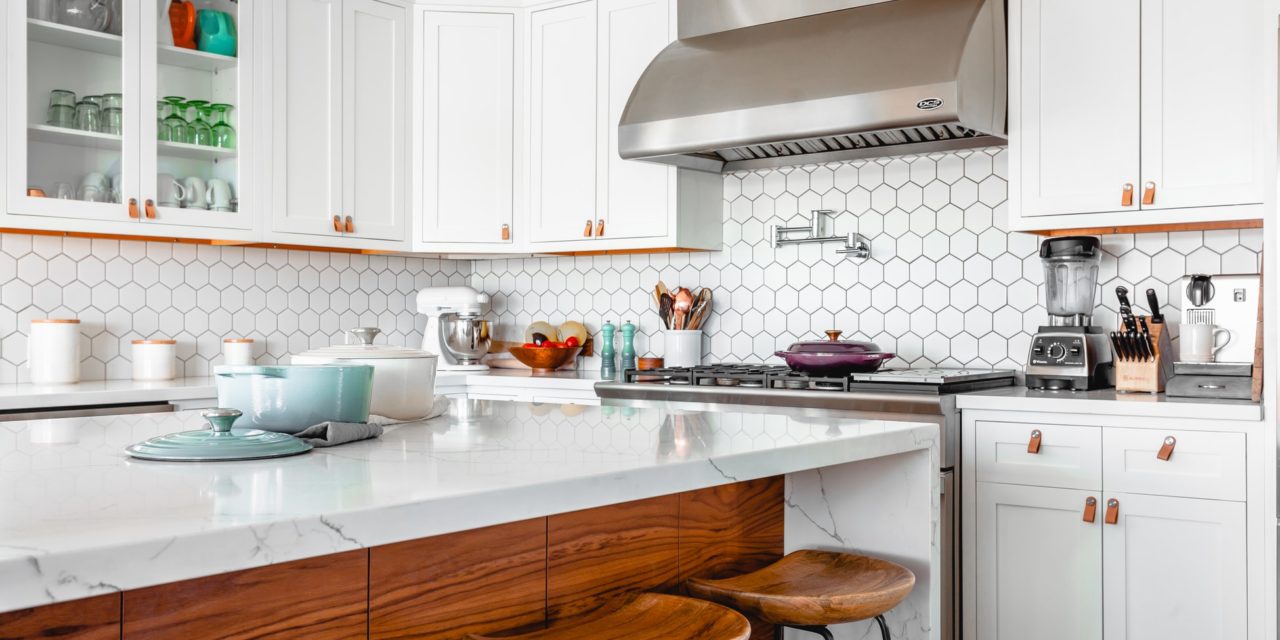[ad_1]
Begin your painting by thinking about an object or landscape. Try not to think about the actual drawing. Simply harp on the idea or form of the object. Your creative ability and your emotions will form what you paint on the canvas. Recollect that you're interpreting and not actually drawing.
Study composition fundamentals and check whether you can do a conceptual painting taking into account one of those principles instead of on a particular subject. This is likely to turn out as a decent theoretical painting! You should be content with your result. Abstract art depends on the thought that it shouldn't look like the real thing, so don't expect anything! Simply step into the experience wanting to have a good time! You don't have to draw something genuine, it can simply be anything!
Move your canvas onto the floor.
Large abstract paintings require you move your canvas onto the floor. Try not to feel as if you can't move the canvas while you're painting. Actually, you may make novel outlines by beginning on the floor and then moving the canvas upright while the paint is still wet.
Clear your mind
With gestural abstract art, you're not endeavoring to speak to a picture. Rather, concentrate on the procedure of applying the paint. Attempt an assortment of applications until you see what you like.
Blend your paint specifically on the canvas
Since this is more about the procedure of painting, you don't have to stress over making a particular palette work before you start. Rather, take a shot at the hues as you're painting.
Pour paint onto the canvas
Pouring paint on the canvas is essentially one approach to making large abstract paintings interesting and spontaneous. Pour as much or as little paint as you like. You can likewise change the separations from which you pour paint onto your canvas. Pouring from an incredible height will, in all probability, splatter everywhere, while pouring closer will offer more control and accuracy.
Splatter or trickle paint onto the canvas
Utilize whatever tool you like and dunk in the paint. At that point, flick the apparatus so as to splatter the paint or hold it over the canvas permitting the paint to dribble. You can use brushes, straws, squirt jugs, or old toothbrushes to splatter or dribble the paint.
Have a go at shutting your eyes and painting
One thing most abstract painters concede to is that a unique painting shouldn't speak to reality. One of the most ideal approaches to expel yourself from incidentally painting a predictable image is to paint with your eyes shut.
Stop when the depiction feels complete
Try not to go back and enhance or touch it up. Abstract artists don't consider the result. They simply stop when they feel prepared. Try not to exhaust your painting however, figure out how to complete it the minute you feel it is done.
Interpreting Abstract Art
Methods for Reading
Does the sketch pass on a mood or climate? What does it make you think about? It is safe to say that you are up against a specific color or shape? How does what you're taking a gander at make you feel?
Understanding
Now and again, a little research can be useful, regardless of the fact that IT just means perusing the depictions of a piece on a gallery wall or inquiring from a gallerist about the included artist. It can be very fascinating to know the artist's thoughts behind a piece. Attempting to channel what you see through what you know can be a remunerating experience however it is one that can start to hinder your actual valuation for a piece in the event that you let it. No abstract art yields itself to one interpretation. You don't need to feel like you're comprehending a puzzle that has one right answer!
[ad_2]
Source by Kimberly T. Michelle


